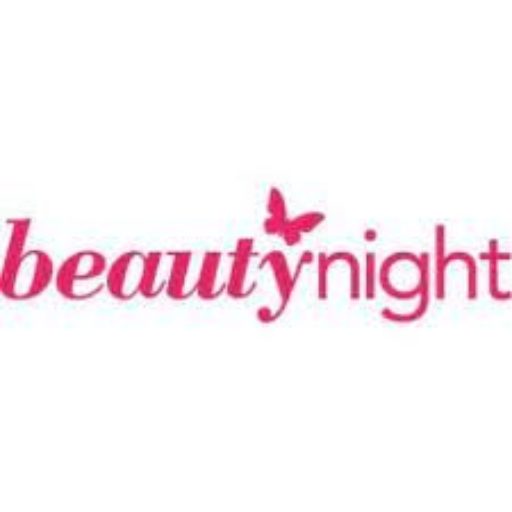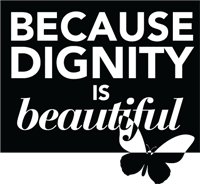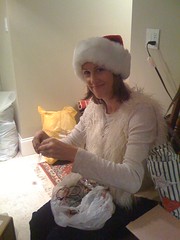By Marlene Amado
The dancing started with a bounce, at least for me, anyway. Admittedly ill prepared, the music I had this week at Beautynight was the radio’s top 7. I was overly confident that my will to move and my passion for inspiring it, would creep into even the most reluctant diva’s psyche, inspiring her to bust-a-move with me. I was proven wrong. The problem was obvious; no one was joining me in dance and while my growing group of volunteer friends and I were killing ourselves dancing the Macarena to the Anthem song (featuring lil Jon) none of the women who were there to benefit from our movement inspirations were!
I decided to go to the source and find out, exactly, why we were alone in our movement experiment. Two of the women I spoke to, BJ and her “mom”, B, were the catalyst for what was to follow. The first question that came to mind was to ask them how I could get them to dance with me. The next question seemed obvious, natural. I followed with, “what kind of music moves you?” I facilitate and lead a number of classes per week. Sometimes there is music, often there is not. Usually I choose the set genre, the pitch and the volume. I consider the audience sounds and the desired effect I want the music to have. Sometimes even when there is music, I do not even hear it because I am so focused on what is happening in my body. So it was interesting to learn what kind of music BJ and B like to listen to and to consider what moves them. It was B’s idea for me to take it to the floor and go around and ask other women what kind of music they liked. Clearly, this is what I should have done from the beginning!
Every single one of the gals I spoke to had no problem telling me what kind of music they liked. Some of the music requests included reggae, Cher, Johnny Reed, today’s country, gypsy-even classical. My friends opened up quickly to my inquiry about what kind of music moves them but what I found most curious was how that discussion lead into their hearts. In fact, out of the dozen women that I spoke to, 9 of them revealed something to me that was personal about themselves-what they love and what moves them the most.
In Natural Movement by Susan Aposhyan she writes, “even our thoughts are molecular movements along nerve fibers between neurons in the brain” and that in fact, “Sophisticated medical imaging devices such as PET scans show that thought occurs along certain pathways making a shape in space and time”. It is very likely that my taste in music is not always congruent with the kind of rhythm and music that others find appealing. That said, my question opened up a dialogue about loved ones, children my friends have had or have lost, partners they have lost or were waiting to be reunited with. The response that I got to my questions reflected an inner physiological movement, in this case in the heart, which could happen routinely throughout the day. How we perceive and move in the world specifically to a favorite piece of music is just a reflection of the continuous sequencing of sensations, perceptions and responses that circulate through our bodies and that usually happen unconsciously, fulfilling dozens of functions in the body. However, Aposhyan links conscious movement to feeling an “aliveness” in the body. Perception and response is movement. What we are inspiring at Beautynight is the possibility for sequencing and syncing our sensations with outer expression. To be fully embodied, alive!
About the Author:
Marlene Amado has been a certified pilates teacher since 2004 and has extensive experience as a movement teacher for over 15 years. Marlene completed her BA in Political Science at UBC in 2008 and continues to explore ideas on the body through various research and written publications. She is curious about new and various ways of teaching re patterning in the body as well as finding the deeper nuances of the pilates method. Marlene is committed to facilitating students’ empowerment and positive experience of self through movement. Marlene is a Pilates Alliance Member and is fully certified in all pilates apparatus equipment.






